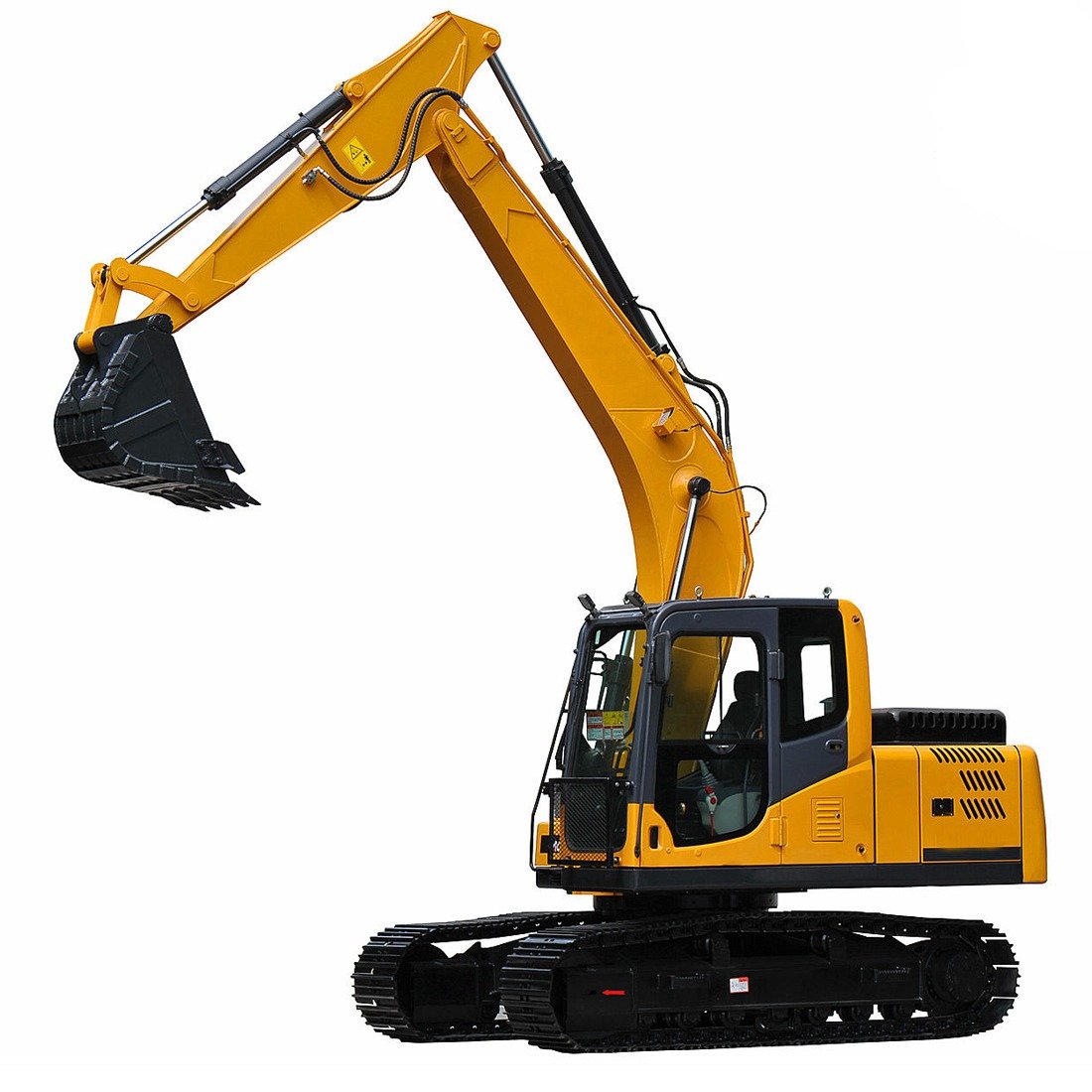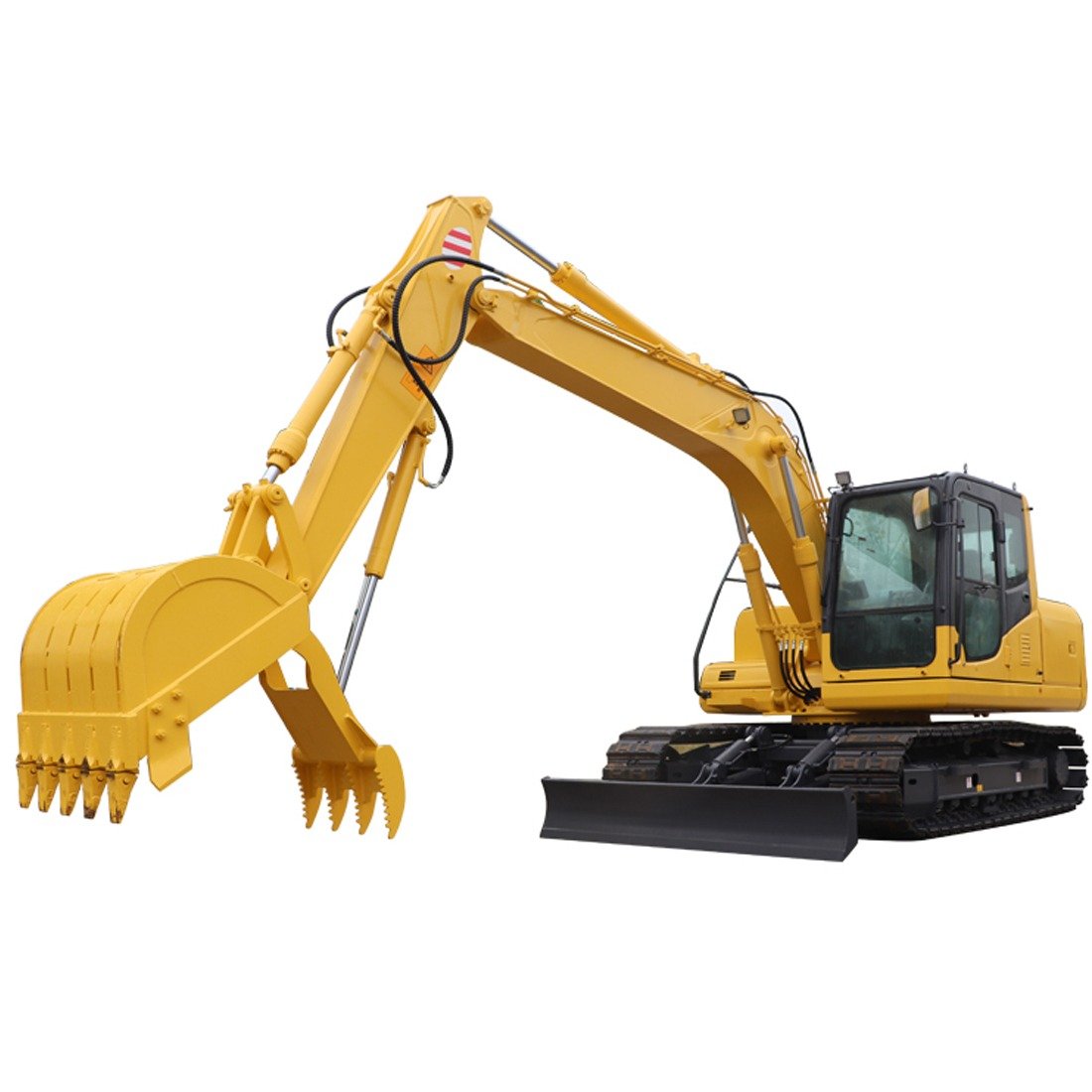Introduction
Operating a crawler excavator can be a complex task that requires proper preparation and adherence to safety guidelines. Whether you are a seasoned operator or a beginner, it is crucial to follow a comprehensive checklist to ensure your safety and the efficiency of your work. In this article, we will provide you with a step-by-step guide on how to prepare and operate a crawler excavator safely.

Preparation Checklist
Before starting any excavation work, it is important to go through a thorough preparation process. Here is a checklist to help you get started:
- Understand the Worksite Environment: Ensure the safety of the worksite. Carefully inspect the solidity of the soil where the excavator will be parked. Depending on the nature of the job, observe the slope, overhead wires, underground cables, various pipelines, and surrounding obstacles to ensure the safety of the work area before operating the excavator.
- Ensure Surrounding Safety: Before operating the excavator, ensure the safety of people in the vicinity. Unrelated personnel are strictly prohibited from lingering in the working area of the excavator, and unauthorized individuals must not enter the driver’s cabin. It is crucial to note that no one should stand in the bucket, on the boom, on the tracks, or the machine cab after the engine is started.
- Routine Maintenance Check: Before commencing work, conduct routine checks and maintenance. Examine the excavator’s engine oil, coolant, and hydraulic oil levels. Refill if levels are insufficient. Exercise caution when refueling to avoid smoking and potential fire hazards.
- Hydraulic System Inspection: Check the hydraulic system, including hydraulic pipes, control valves, hydraulic cylinders, and oil pumps, for any signs of leaks. Address any leaks promptly to prevent safety hazards.
- Additional Pre-operation Checks: Include checking and adjusting the tension of the crawler, inspecting the windshield washer fluid level, examining the air filter for cleanliness, checking the swivel structure, inspecting gauges, and assessing the working device. Confirm that the excavator is in proper working condition before proceeding with the job.
- Engine Startup and Preparation: Start the engine with a low throttle, let it idle briefly, and avoid sudden shutdown after high-speed operation. Typically, the engine’s operating water temperature should be between 90 to 95°C, and the hydraulic oil’s operating temperature should range from 55 to 85°C. It’s crucial to avoid operating the excavator at low temperatures or under overload conditions.
Once you have completed the preparation checklist, it’s time to start operating the crawler excavator. By following this comprehensive checklist and adhering to safety guidelines, you can ensure the safe and efficient operation of a crawler excavator. Remember, safety should always be your top priority when operating heavy machinery.
To learn more about these machines, visit the official website https://unionforklift.com/product-category/excavator/.







